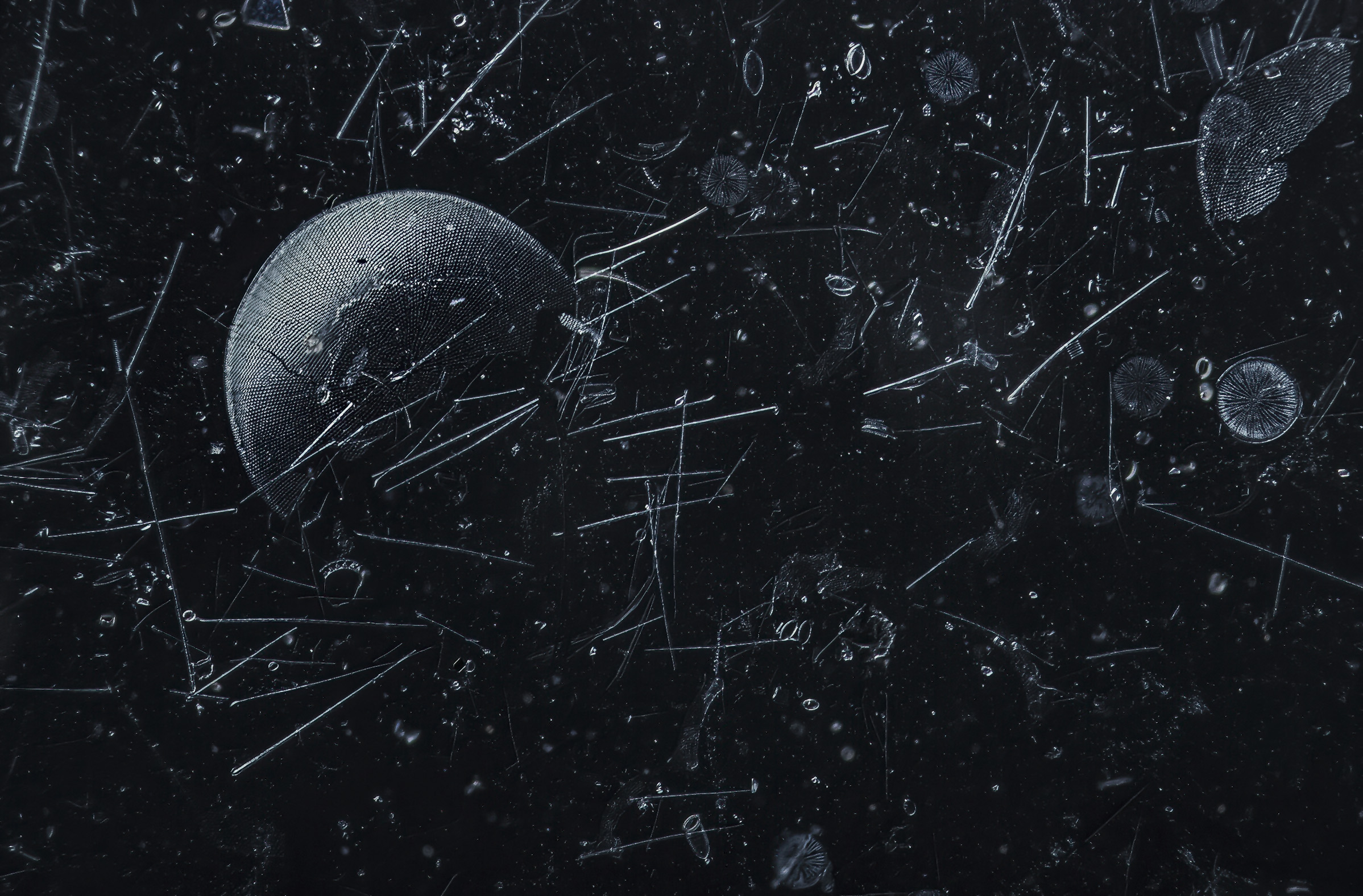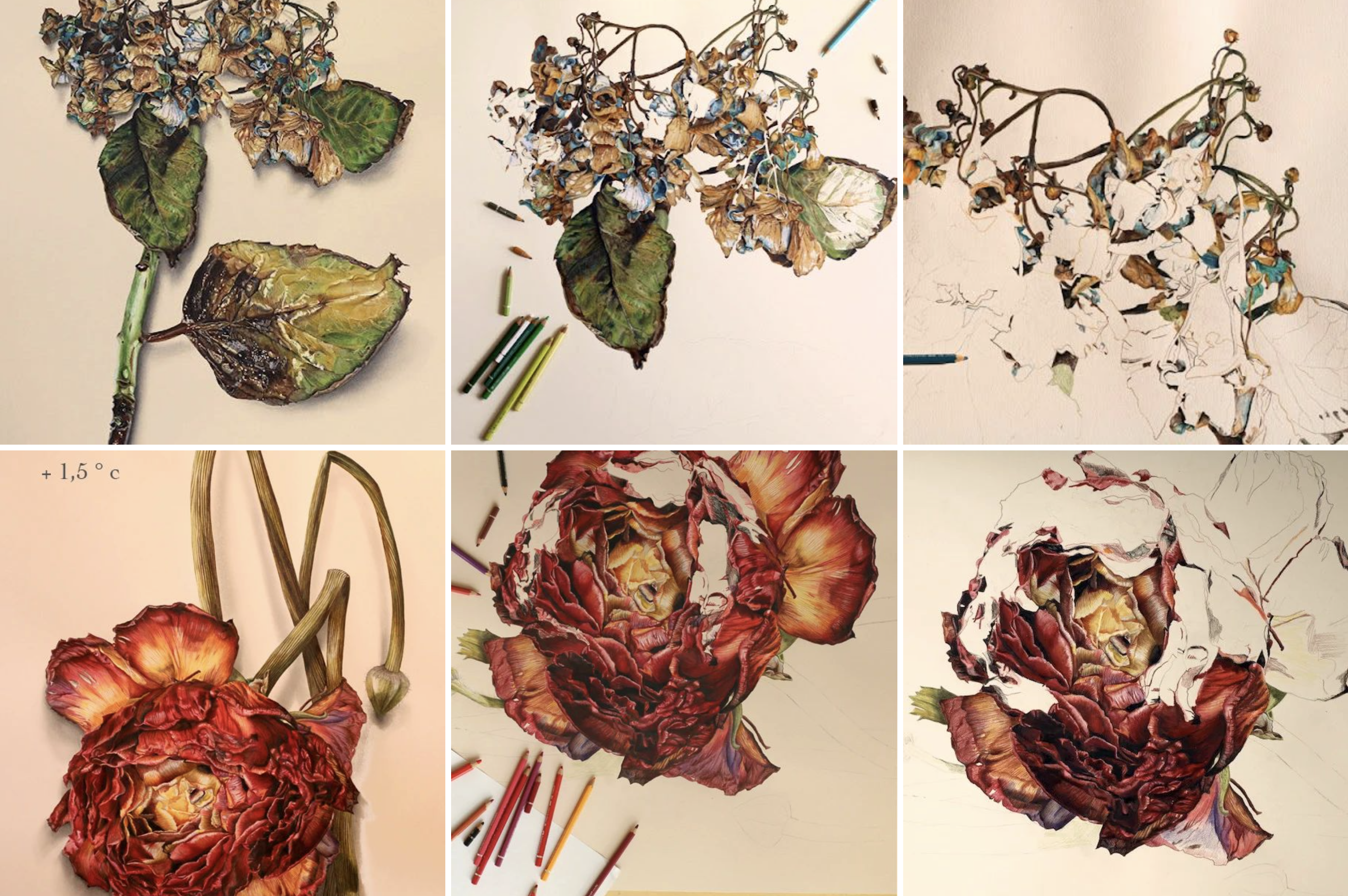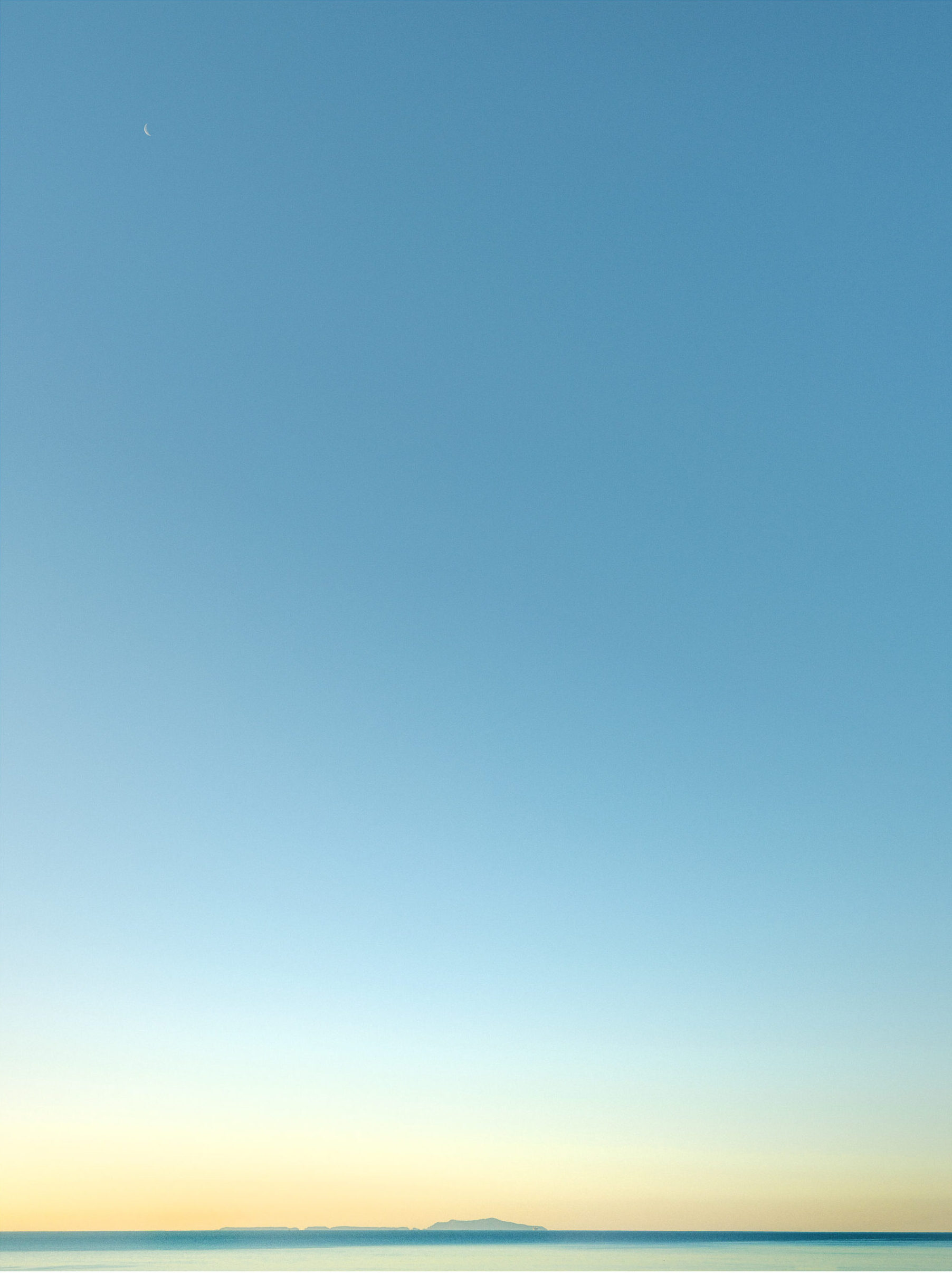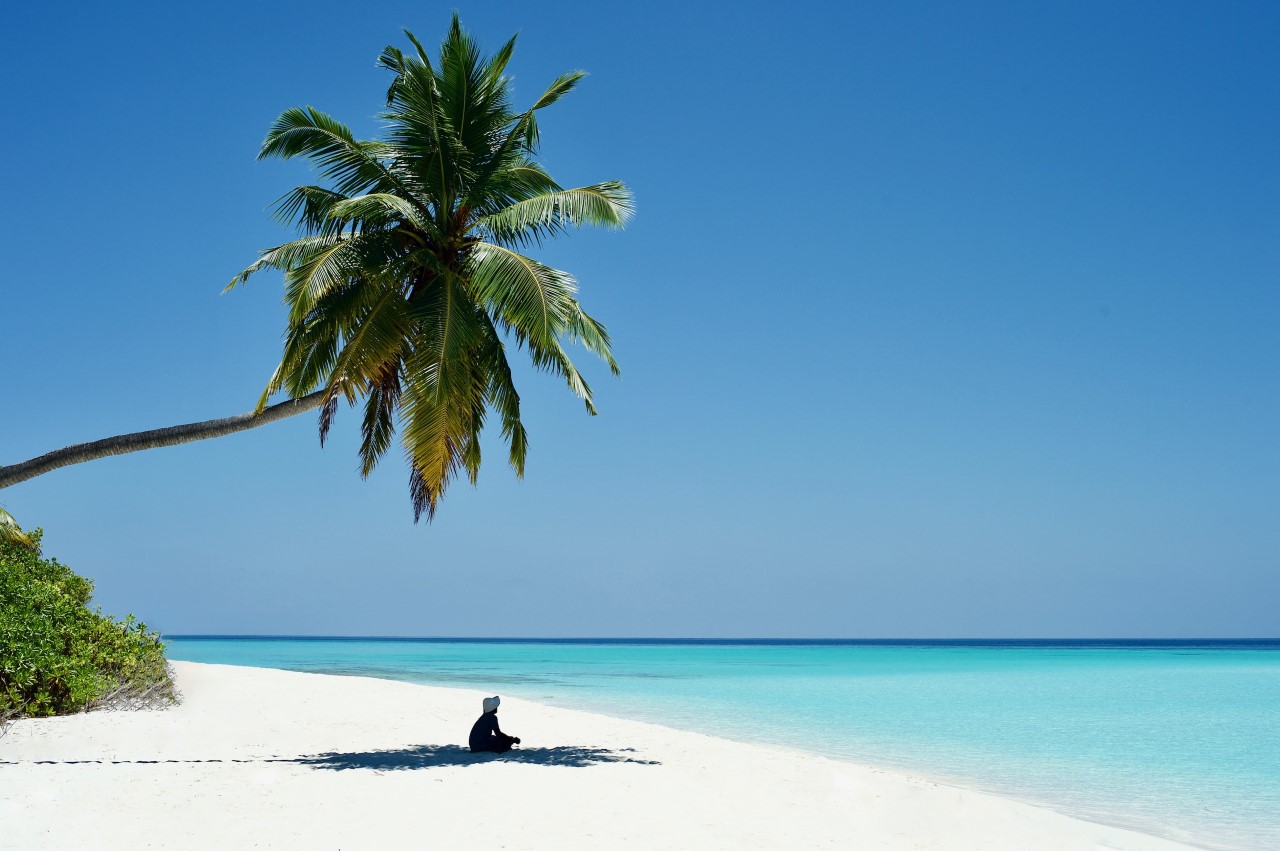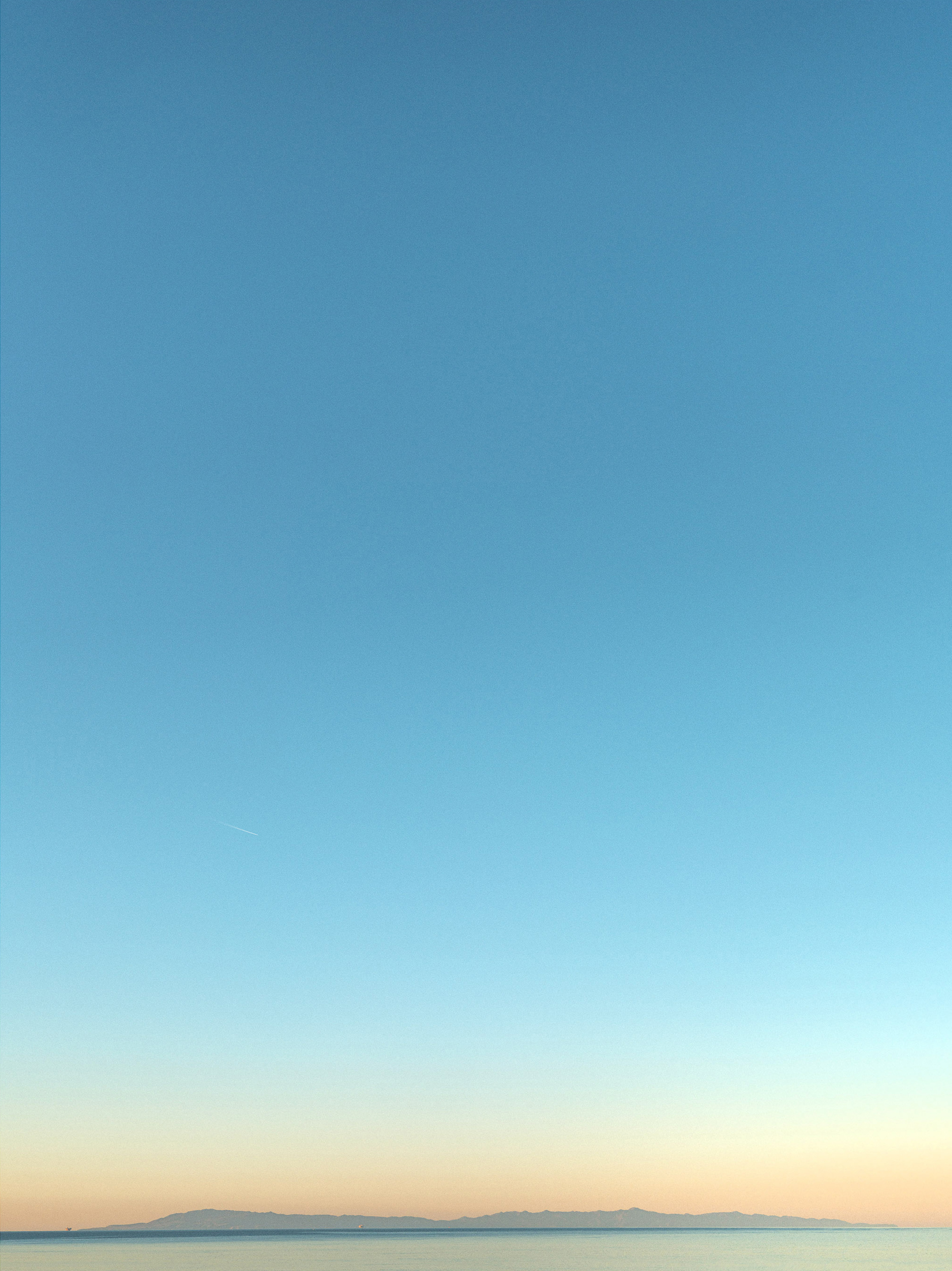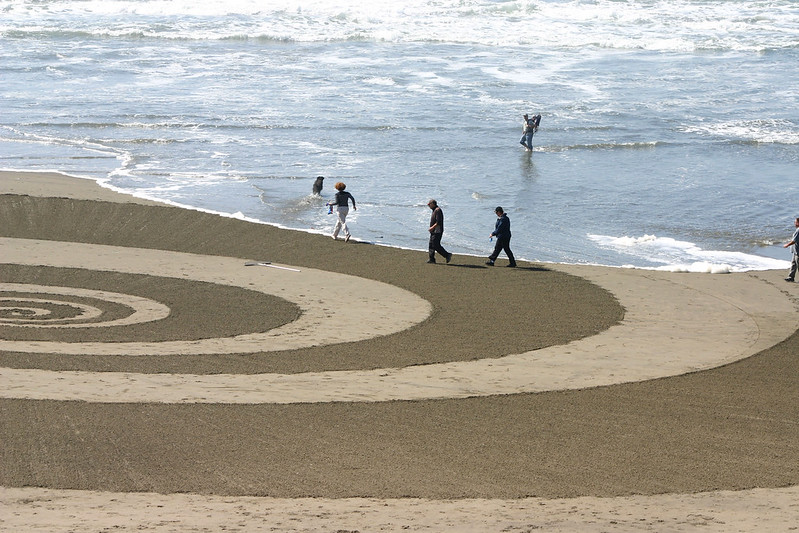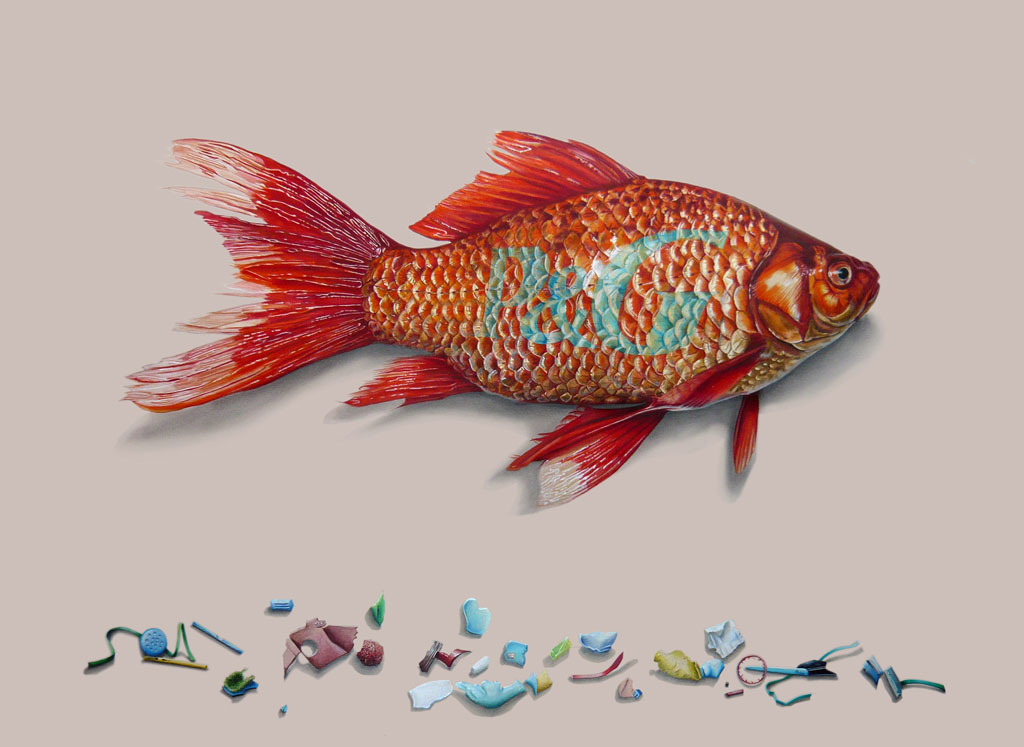An enthusiastic and prolific nature photographer for over 25 years, Steve Mandel’s diverse portfolio includes astronomical imaging, wildlife photography, and the photography of microscopic marine organisms.
Steve is much more than a photographer with a camera. When he can’t find a camera that can capture the sort of imagery he believes is required to broaden our understanding of science and widen our perception, he will just BUILD it himself.
His photographs have appeared in the New York Times, Smithsonian Books, Reader’s Digest, Forbes Magazine, Sky&Telescope, Astronomy, and used by websites including NASA. Three of Steve’s images: of Japanese Macaques, Lemurs in Madagascar, and Proboscis Monkey have been given Highly Honored Awards by the Smithsonian Museum of Natural History and put on display at the Museum. He is also the recipient of the Astronomical Society of the Pacific’s International Amateur Achievement Award, and the American Astronomical Society’s Chambliss Amateur Achievement Medal.
And learn more about phytoplankton and diatoms at:
OceansMicro’s mission is to deepen the understanding of critical microorganisms in the world’s oceans in order to inspire conservation and promote science education.
Steve Mandel’s Diatom Gallery
FROM: Virtual Program from the California Academy of Sciences (10-06-2022)
NightSchool: The Invisible Forest
They live anywhere and everywhere there’s water, they’re invisible to the naked eye, and they’re essential to life on Earth: They’re diatoms!
Sometimes called “floating solar panels” and “nature’s glass houses,” diatoms are likely the most under-appreciated (and strikingly beautiful) organisms responsible for the air we breathe. Take a tour through the Academy’s world-renowned diatom collection, get a closeup look at these microscopic jewels, and learn how researchers are studying phytoplankton in Antarctica through community science.
Join Chrissy Garcia, Geology Collections Manager at the Academy, for a crash-course in diatoms: what they are, why they’re important, and how the Academy acquired a world-renowned (and most well-documented) diatom collection.
The cell walls of diatoms are made of transparent silica (i.e. glass), which means they don’t decompose and instead leave a jewel of a fossil record, which artists have been using as a medium since the 19th century. Take a journey through the incredible beauty of the Academy’s collection with Steve Mandel, research associate at UC Santa Cruz and award-winning photographer.
Yes, diatoms can even live in polar waters. Join Allison Cusick, biological oceanographer, and Martina Mascioni, phytoplankton ecologist, on a virtual trip to Antarctica, where they’re harnessing the power of community science to investigate how melting glaciers are affecting the phytoplankton along the Antarctic Peninsula.
FROM: National Geographic | Short Film Showcase (Feb 9, 2017)
These Kaleidoscopic Masterpieces Are Invisible to the Naked Eye
Struck by the beauty and symmetry of diatoms, modern-day microscopist Klaus Kemp recently revived the Victorian art of diatom arrangement. In this short film by Matthew Killip, peer into the peculiar art form and witness a modern-day diatom master at work.

